In January, over 39,000 people detained across America became the first incarcerated recipients of the Covid-19 vaccine in the United States.
But when the majority of the 2.3 million incarcerated Americans will receive the vaccine depends largely on where they are detained – in a federal prison, state prison or county jail – and the jurisdiction’s unique vaccine prioritization plans, many of which have been in flux over the last few months in no small part due to politicization of the issue from lawmakers and the public alike.
One in every five prisoners in US has tested positive for Covid-19
Read more
“The stakes are extremely high,” says Renaldo Hudson, who was recently released from the Illinois department of corrections after 37 years of incarceration. “Most states do not have death sentences. But being incarcerated can be a death sentence if you die inside. They’re putting people in body bags.”
On most days of the pandemic, the largest Covid-19 outbreaks in this country have been in prisons and jails. In December, the National Commission on Covid-19 and Criminal Justice found that the Covid-19 mortality rate in prisons was twice as high as for the general population, with four times as many positive cases overall. In some states, the mortality rate in prisons is over seven times as high as it is among the state’s general population.
“The carceral environment makes it impossible to socially distance and very hard to control the spread of infectious diseases,” Kevin T Schnepel, the report’s author said.
The total number of coronavirus deaths in detention facilities is hazy at best. According to the UCLA Covid-19 behind bars data project, which is tracking deaths at prisons and some jails across the country, there have been at least 2,270 deaths in detention due to the coronavirus this year. The number of actual deaths is probably much higher, as many facilities very narrowly define deaths from the coronavirus in their custody.
“We have no protection,” says James Swansey, who was incarcerated at Statesville prison for most of the pandemic. “For months, we would see people sent out of the penitentiary to the hospital and we would get word back that such-and-such died and that such-and-such died. The same dude that we were just talking with the other day is no longer with us. We need a voice, we need somebody that’s going to fight for us.”
Vaccination in jails and prisons doesn’t just affect those inside. Vendors and staff working in jails and prisons travel in and out of detention facilities every day, potentially carrying the virus from these incubation sites to communities across the country. Additionally, thousands of people are released from jails and prisons daily, most without receiving a Covid-19 test before release.
This can have a significant impact on the trajectory of the pandemic outside of sites of incarceration – a study from the Prison Policy Initiative found that outbreaks in jails and prisons contributed to nearly half a million additional Covid-19 cases in surrounding states and counties just from May to August 2020.
In the first drafts of vaccination plans states submitted to the Centers for Disease Control and Prevention (CDC) in October 2020, only four states – Delaware, Nebraska, Maryland and New Mexico – explicitly listed incarcerated people within their borders as phase 1 priority vaccination recipients. Following a change to CDC guidelines for vaccine distribution issued on 20 December and outcry from incarcerated Americans and advocates, about half of the 50 states now designate incarcerated Americans as phase 1 recipients.
So far, California leads the way with 12,810 people in state prisons and local jails having received the first dose of the vaccine, followed by Virginia where 9,302 incarcerated people have received their first shot and Massachusetts where 4,316 incarcerated individuals have received vaccinations.
Not all changes made to state vaccination policies have moved incarcerated Americans up in the vaccination line. In states such as Colorado and Vermont, priority designations for incarcerated individuals have been scrubbed from vaccination plans following backlash from conservative commentators.
Wanda Bertram of the Prison Policy Initiative explains that reversals like these, “go against the science, which should strike everyone as pretty bizarre”. She adds, “unfortunately, it shows that lawmakers and politicians all across the political spectrum still feel like they have something to prove when it comes to denying basic human rights to people who’ve been convicted of crimes.”
In their vaccination plans and in statements, these states and others such as Indiana, Maryland, Nebraska, New Hampshire, Ohio and Rhode Island have expressed an intention to provide priority access to the vaccine to people who are incarcerated and concurrently fall into other priority vaccination categories – like Americans over the age of 70 or those with underlying health conditions.
But the percentage of the prison population that is over 65 is only 2.8%. In Vermont, for example, only nine incarcerated people are eligible for age-based priority vaccination. In Connecticut, 26 are eligible and in Utah, only 79 incarcerated individuals are eligible. These numbers don’t even begin to capture the proportion of people incarcerated who are truly vulnerable to the virus either, from pre-incarceration health conditions or health deterioration due to incarceration.
“People who are incarcerated have physiological and medical ages that are 15 years greater than those in the free world,” explained Dr Charles Lee, president-elect of the American College of Correctional Physicians (ACCP).
Vaccination in local jails, state prisons and federal detention centers remains voluntary for staff and incarcerated people, making widespread public education campaigns behind bars crucial.
Some states, such as North Carolina, Delaware and Louisiana, have been incentivizing vaccination to curb the spread of the virus, offering modest sentence reductions, extra visitation, and small commissary and phone credits in their facilities. When offered the vaccine in combination with these incentives, about 90% of incarcerated people aged 75 and older in North Carolina opted to be vaccinated, while about 70% of incarcerated people aged 65 to 74 opted to be vaccinated, according to the North Carolina department of public safety.
In Indiana, where 492 incarcerated people have been vaccinated, 68 eligible potential vaccine recipients declined vaccination, for an 85% vaccination acceptance rate among the eligible incarcerated population. In Rhode Island, where 248 people have been fully vaccinated, the state documented 217 vaccine refusals.
Meanwhile, people incarcerated in federal detention centers will be receiving their vaccines directly from the federal government through the Bureau of Prisons (BOP), which was one of a select few agencies to receive vaccines for direct distribution. The BOP’s vaccination policy is to vaccinate all staff before vaccinating people who are detained in their facilities, which could take months.
In a statement to the Guardian, the BOP indicated that many incarcerated people received the first dose of the vaccine in January, however, since the vaccine is transported and distributed in batches that often do not exactly align with the number of staff at a detention center. As a result, extra doses have been made available to incarcerated people in some of the more than 100 federal detention facilities that have received the vaccine. A completed series of two doses has been administered to 5,751 detained people in BOP facilities so far.
“When states say incarcerated people are not a priority, what they are really saying is ‘we’re OK with prisons and jails putting incarcerated people through hell for another couple months because we don’t think that the public is going to really care enough to push back on this,’” says Bertram.
“But mass incarceration touches a lot of people in this country. In addition to the 2.3 million people who are incarcerated, you have all of their parents and their kids and their spouses who are going crazy right now worrying about their loved ones inside. If everybody just took a few minutes to put themselves in the shoes of someone with a loved one in prison, they would totally understand why this is so important.”


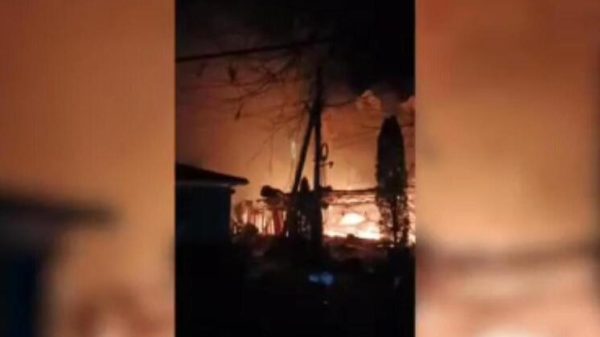
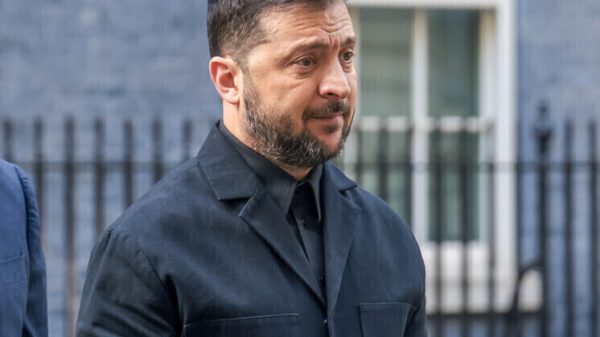
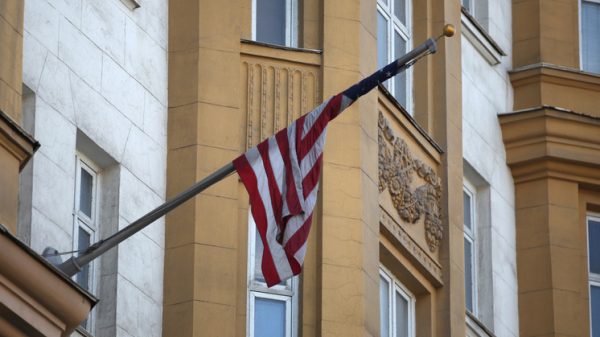
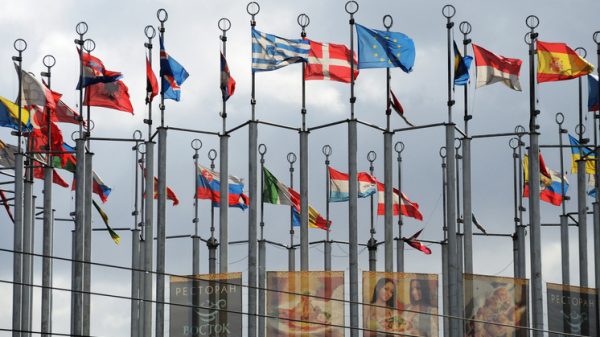





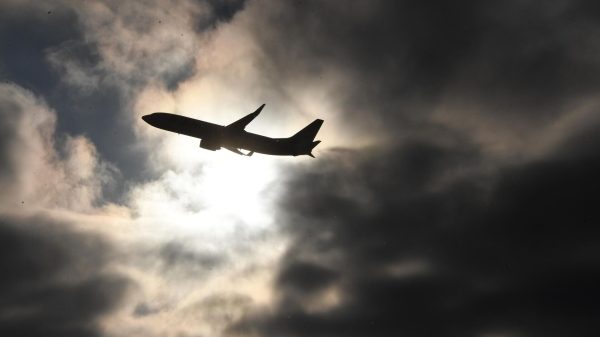

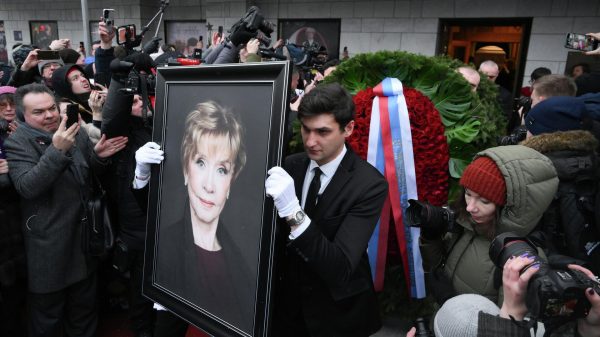
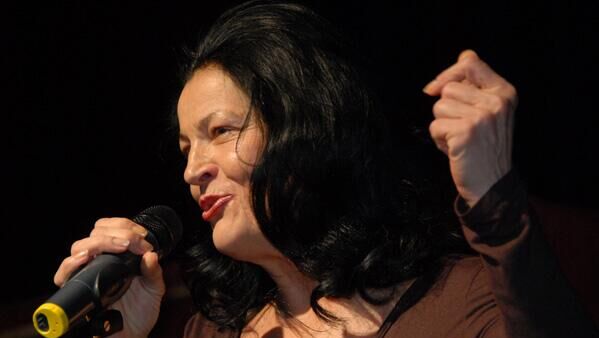
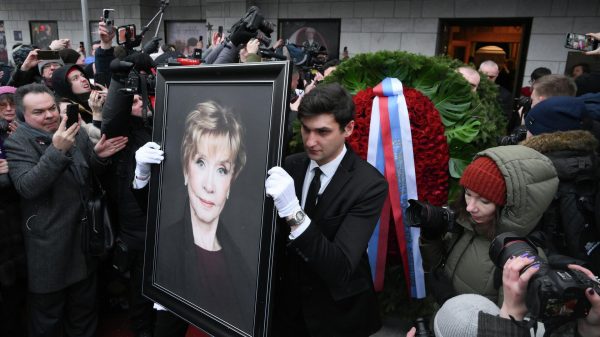


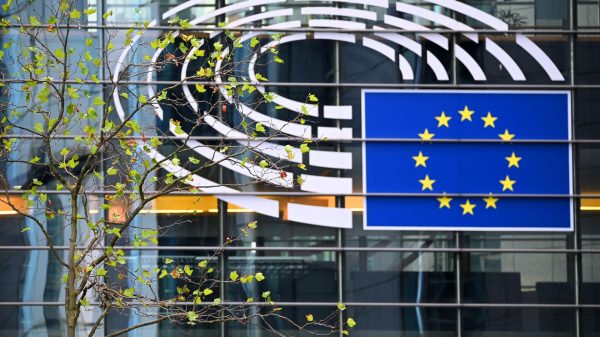


































Свежие комментарии